Zero Force Motor Part 1 & 2
2.05 GB
The Zero Force Motor concept has a long history dating back to the mid 1970’s and it has progressively evolved to its present day form as executed by Peter Lindemann in 2002 based upon John Bedini’s basic design parameters. However, Lindemann improved upon the basic design by building a 4 pole rotor versus the original 2 pole rotor design. The Lindemann ZFM (Zero Force Motor) was demonstrated at the 2016 Energy Science & Technology Conference with the basic design principles explained by Bedini and further detailed by Lindemann. The key here was the statement that the ZFM exhibited little or no BEMF.
The essential components of the ZFM are the use of opposing air core coils – no iron in the core – along with an internal 4 pole rotor sporting 4 neodymium magnets in a N-S-N-S configuration. This very unorthodox and out of the box design concept utilizes a Bi-Polar switching circuit for reversing the coil polarity every 90 degrees of rotation.
The 2016 ZFM demonstration clearly showed that this motor will operate at high speed with good torque, however no specific details were provided. This experimenter was clearly intrigued by the presentation and demonstration to the point where I harassed Peter Lindemann for more details and he clearly said “speak with John Bedini for more details”. Bedini listened to me for a few minutes and subsequently gave permission to photograph the demo ZFM and take any static measurements possible. Bedini gave permission to replicate the ZFM with his inimitable smile and his gravely chuckle with the parting words “listen to the machine, it will talk to you”, so began a most excellent adventure.
The ZFM build adventure was certainly an education filled with high hopes and many frustrations, ultimately resulting in a replication that screamed to over 13,000 RPM. The net result of this replication effort is the following video based on my Zero Force Motor presentation at the 2017 Energy Conference along with the companion E-book. This E-book details the history and theory of operation of the Zero Force Motor complete with John Bedini’s unpublished Lab Notes. Both the video and book describe specific design details.
With the above detailed information it is now possible to build this most intriguing motor and begin your own adventure into the unknown regions of the Zero Force Field. Who knows, you may discover and experience more mysteries within the Bedini Zero Force Motor.
WHAT YOU GET WITH ZERO FORCE MOTOR PART 1
- 115 minute downloadable video presentation by Yaro Stanchak
- 53 page PDF of the slides from the presentation
- History of John Bedini’s journey with the Zero Force Motor Development
- John Bedini’s Lab Notes that have never been released to the public
- Many photos, drawings and schematics revealing all the details necessary to replicate it correctly
- 3 video demonstrations of different Zero Force Motors by John Bedini
- Data charts and other details describing the personality and characteristics of the machine as well as some of the anomalous behavior that has been witnessed
- 88 page e-book with a compilation of John Bedini and Peter Lindemann’s personal comments about the Zero Force Motor. It also includes copies of the original lab notes relating to the Zero Force Motor, schematics and Peter’s ZFM design
Part of the 2017 Energy Science & Technology Conference series (115 mins downloadable video).
Within this follow up presentation by Yaro Stanchak, you will find all the specs, which should be considered a standard built for more experiments to get start with. It works and has already been proven out by Yaro Stanchak and James McDonald.
Yaro also shares the differences in more detail on attractive vs repulsive mode and how this looks diagrammatically so the viewer can benefit from these findings. A thorough walk-through on the Zero Force Motor’s timing characteristics of the magnet’s geometry in relation to the coil geometry is covered. This is very important and cannot be stated enough – timing is crucial and can make or break your results.
Keep in mind this is a developmental process and there are no free energy claims. It is a novel motor with unique aspects that have not been used or exploited in conventional motors and bit by bit, the potential of what this machine is capable of is slowly revealing itself.
Pay close attention to the JZFM Excel data in the table presented by Yaro. You may find there is more than meets the eye. And you will definitely see that at certain RPMs, which may indicate some resonant points, that you will see the Hidden Dance happening within the machine as Yaro shows on the scope.
There is also a difference in the characteristics of how the motor operates in relation to its waveforms that are measurable if the ZFM is running on a battery compared to a linear current power supply. In other words, there appears to be advantages to running it on a battery compared to a power supply. Professor Robert Haralick during questions points out a very plausible reason for this and that is that when running, the ZFM is producing longitudinal waves that are accepted by the battery(s) but the linear amp power supply cannot.
This would be completely consistent with John Bedini’s experience over the years with experiments on the Bedini SG when running on and charging batteries, which have shown unusual input vs. output ratios and most of this disappears when running these machines on conventional power supplies. It has been stated over the years that the battery is very important as part of the open system and once again, these ZFM experiments shown by Yaro seem to indicate the same results.
WHAT YOU GET WITH HIDDEN DANCE – ZERO FORCE MOTOR PART 2
- 83 minute downloadable video presentation by Yaro Stanchak on the Zero Force Motor
- 49 page PDF of the slides from the presentation
- Introduction and brief review of Zero Force Motor design and operation
- ZFM timing and firing duration with coil voltages
- ZFM operational characteristics; RPM, Amps & Efficiency
- Review of oscilloscope waveforms for voltage and amperage
- Hidden Dance
- Ron Cole ZFM variant – LCF or Linear Counter Field
Part of the 2018 Energy Science & Technology Conference series (83 mins downloadable video).
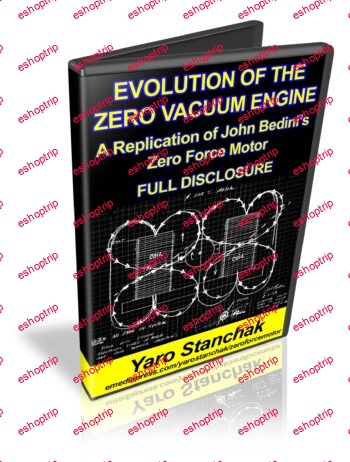

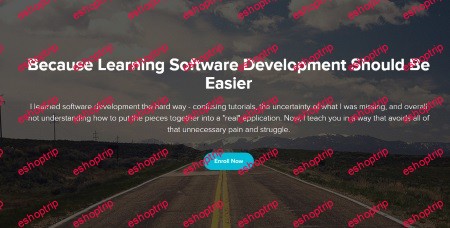

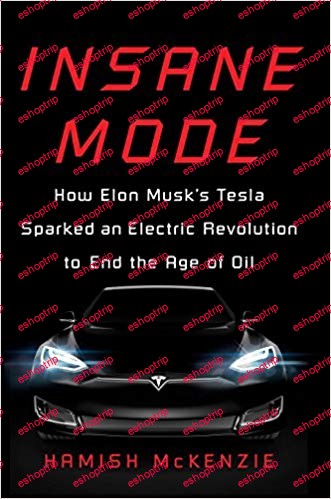

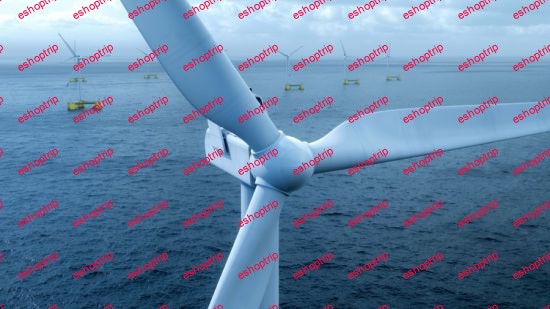


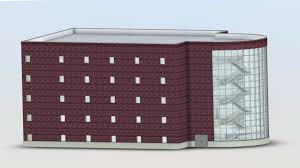

Reviews
There are no reviews yet.